Nowadays, we can see that there are many youth-led and youth-serving organizations working extensively on improving the lives of the young people across countries. These organizations, youth leaders, advocates, as well as state institutions are supporting and advocating in the field of youth civic engagement, youth participation in policy-making, youth mobility and (un)employment, and increasing access to information about specific societal issues. Progressively, we can see young activists combating gender inequalities, fighting stigma and discrimination, helping disadvantaged communities (refugees, sexual and gender minorities, people with disabilities, people living with HIV, etc.) and raising awareness through variety of actions for social change – organizing and participating at training courses, creating public campaigns, conducting research and creating dialogues with state authorities.
Usually, there are different priorities which are set up by these organizations or the donors operating in a specific field aiming to meet the needs of youth living in a specific context. So, the question appears – how are the global priorities for youth being shaped?
Good health and human rights have always been one of the central components associated with youth activism as ways to achieve the sustainable development goals. Discussions around health are often oriented towards building physically healthy populations, being free from human rights violations and practice adequate access to healthcare. However, health as a societal and global responsibility, must not only strive for optimal physical care, as one half is publicly forgotten – mental health. Are we healthy if we are having the full control of our physical, sexual and reproductive health, however we cannot manage our emotions? Is mental health still considered as “individual responsibility” of the young person rather than a topic in the governmental policy-making agendas? Does community mental health even exist?
The studies recognize youth as the most vulnerable category of citizens at risk of developing mental health disorders and mental health concerns (Burns, Durkin, Nicholas, & Hons, 2009; Hunt & Eisenberg, 2010), however a very low number of youngsters decide to seek professional services due to variety of reasons (Gulliver, Griffiths, & Christensen, 2010; Rickwood, Deane, Wilson, & Ciarrochi, 2005). These reasons may vary from negative attitudes towards mental health services, barriers to seeking professional help, and negative experiences with services provision. Other factors that inhibit young people to seek help are using unhealthy coping strategies for solving mental health-related difficulties and self-reliance, or deciding to solve the issue on one’s own. According to some authors, the barriers can be personal, such as personal failures and situations; socio-cultural, such as cultural beliefs and characteristics of one community; and institutional, which are related to the support services, the psychotherapists and psychologists (Setiawan, 2006).
Discussing the differences in the help-seeking behavior among youth, the studies stress that youngsters choosing humanistic professions are willing to utilize psychological services more often compared to youngsters whose professions do not involve work with people (Chandrasekara, 2016). However, the differences in the youth help-seeking reflect a gender perspective supported by the findings which show that boys have lower intentions and more negative attitudes towards mental health services, which places them into in a group at risk of developing mental health concerns, or even mental health disorders (Grella, Greenwell, Mays, & Cochran, 2009). This arises from the popular belief that boys might be socially perceived as “not brave enough” to solve the psychological problem on their own, as for girls is “perfectly acceptable” to seek additional support as they are stereotypically labelled as gentle, vulnerable and lacking the capacities to handle concerns without the help of men or other individuals.
Having these notions in mind – how can we, as a society, address the youth mental health as a structural priority while incorporating the gender perspective?
Starting from recognizing the importance of the empirical research, we might ask ourselves – how much do we know about mental health of youth? What is their level of mental health knowledge? What are their attitudes towards mental health services and the service providers? Have they utilized mental health services in the past and were they satisfied? What motivates and inhibits them from seeking professional support?
Engaging the decision-making institutions for improving youth mental health must never been considered as an easy process as it requires strategic civic engagement actions in the background. Hence, I believe that by assessing the key aspects that shape youth mental health needs, we might develop clear recommendations for the key actors involved – youth communities, relevant state institutions, mental health professionals, NGOs and private mental health centers. However, in order to advance the youth mental health discussion to a higher political level, we must not forget the collaboration between the state, private and civil society sector and their role in creating the national policies, law and strategic plans for enhancing community mental health. These interventions should reflect recognition of youth mental health as a field that requires systemic attention, and introducing quality services which are going to be accessible and affordable for the young people. Further, we need a comprehensive understanding of the key barriers and motivators in regards to seeking professional psychological help among youth, so we can identify the critical areas which need urgent reforms. By following this path, we would be able to transform the mental health discourse from “it’s my own business” to “it’s everyone’s business”.

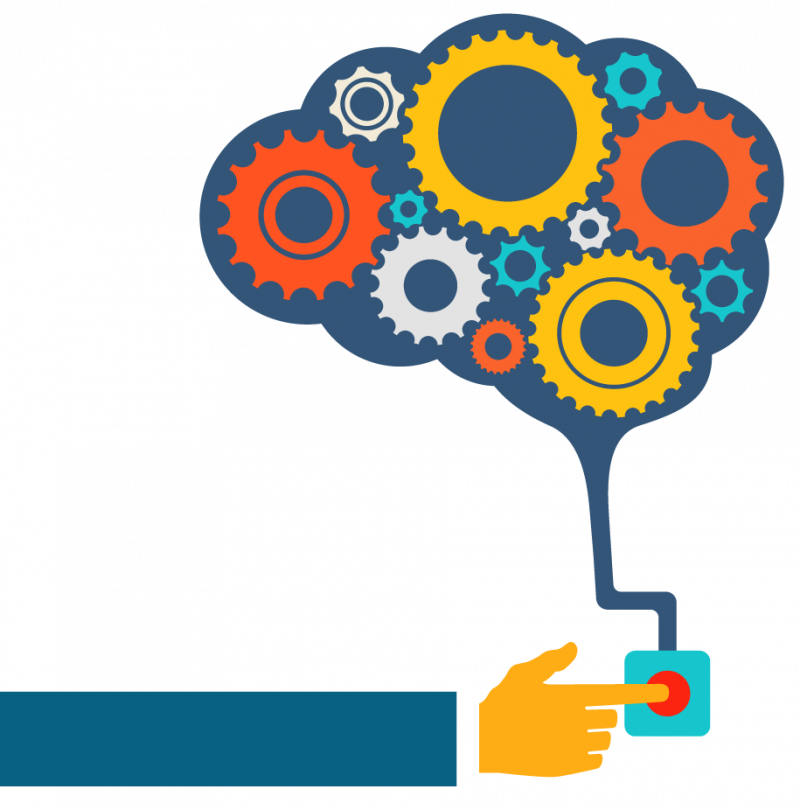


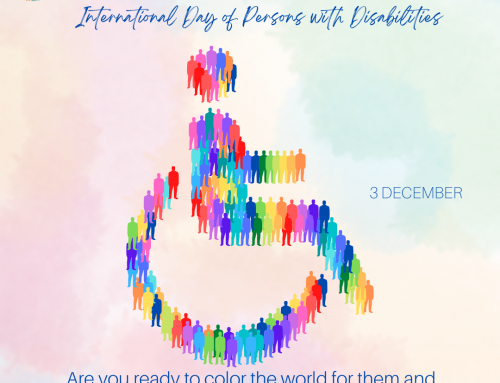
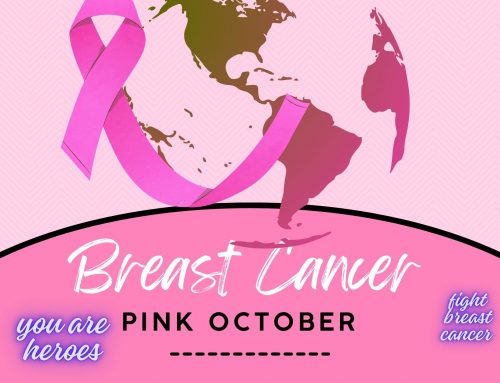
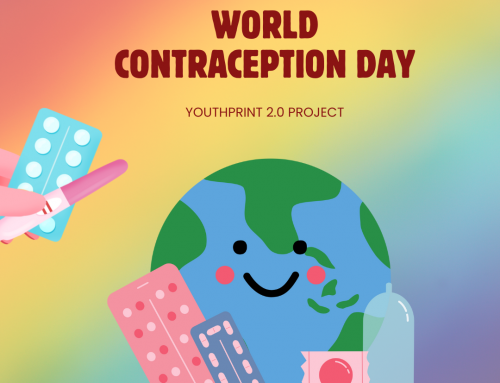
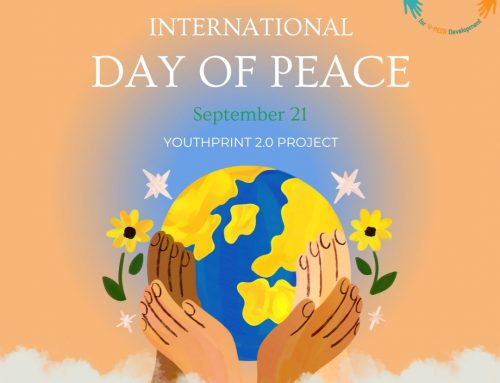

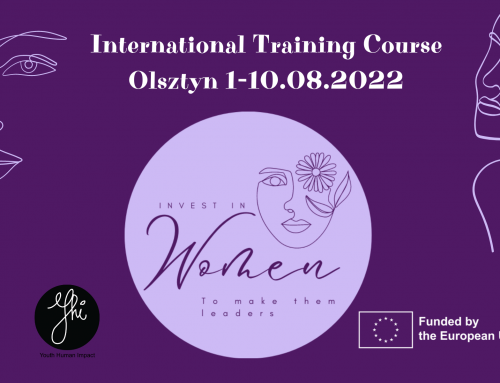



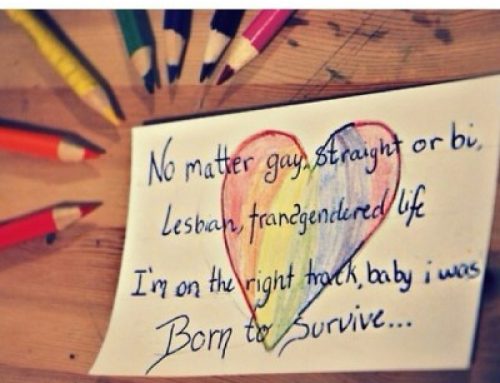
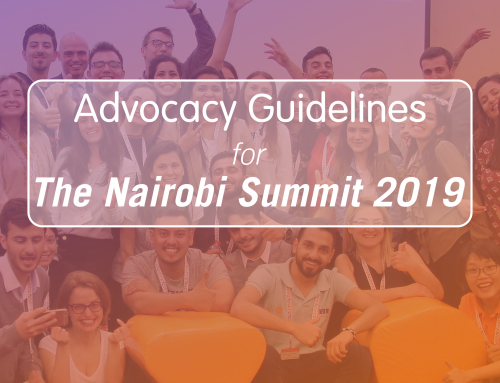
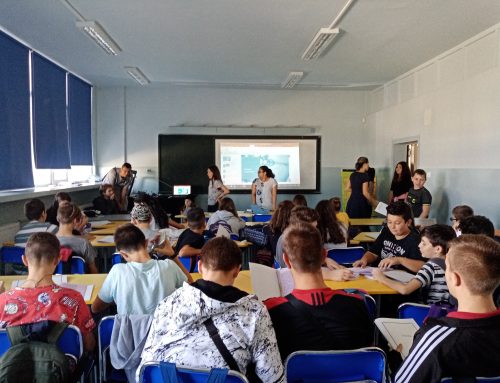

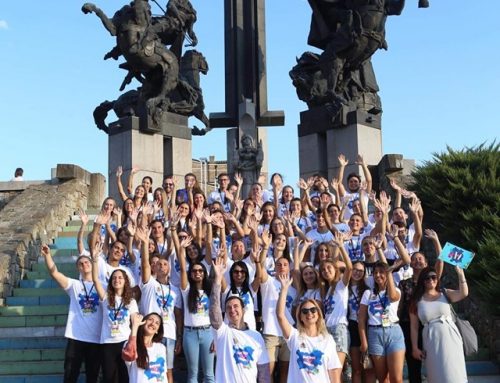



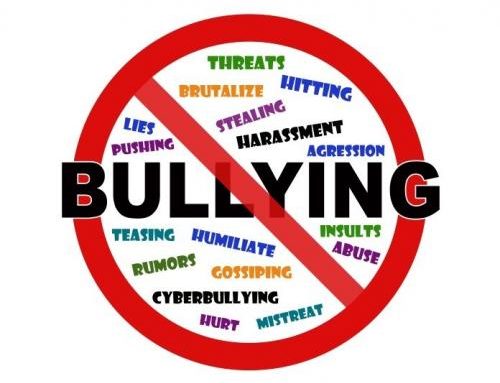



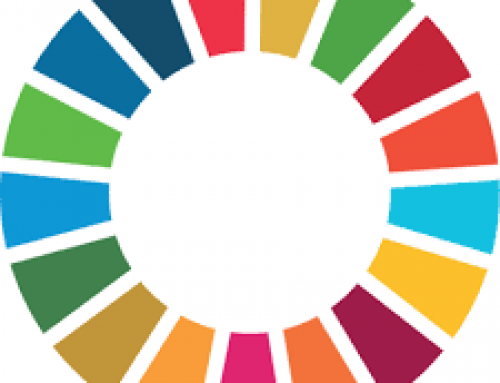
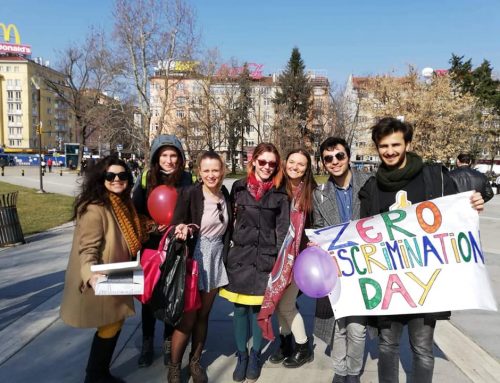


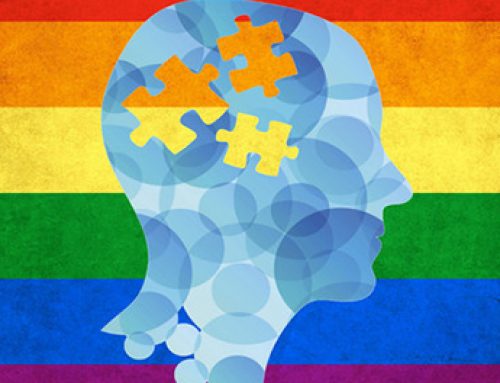
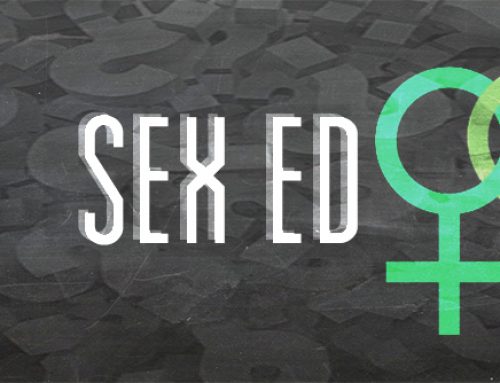
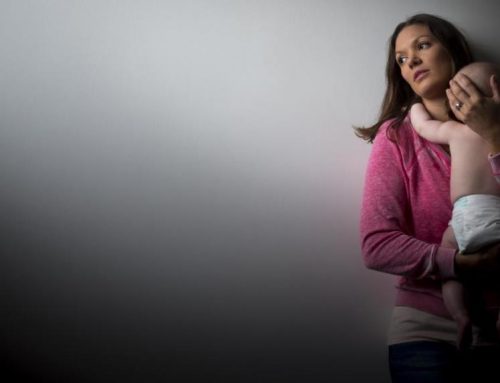

Leave A Comment
You must be logged in to post a comment.